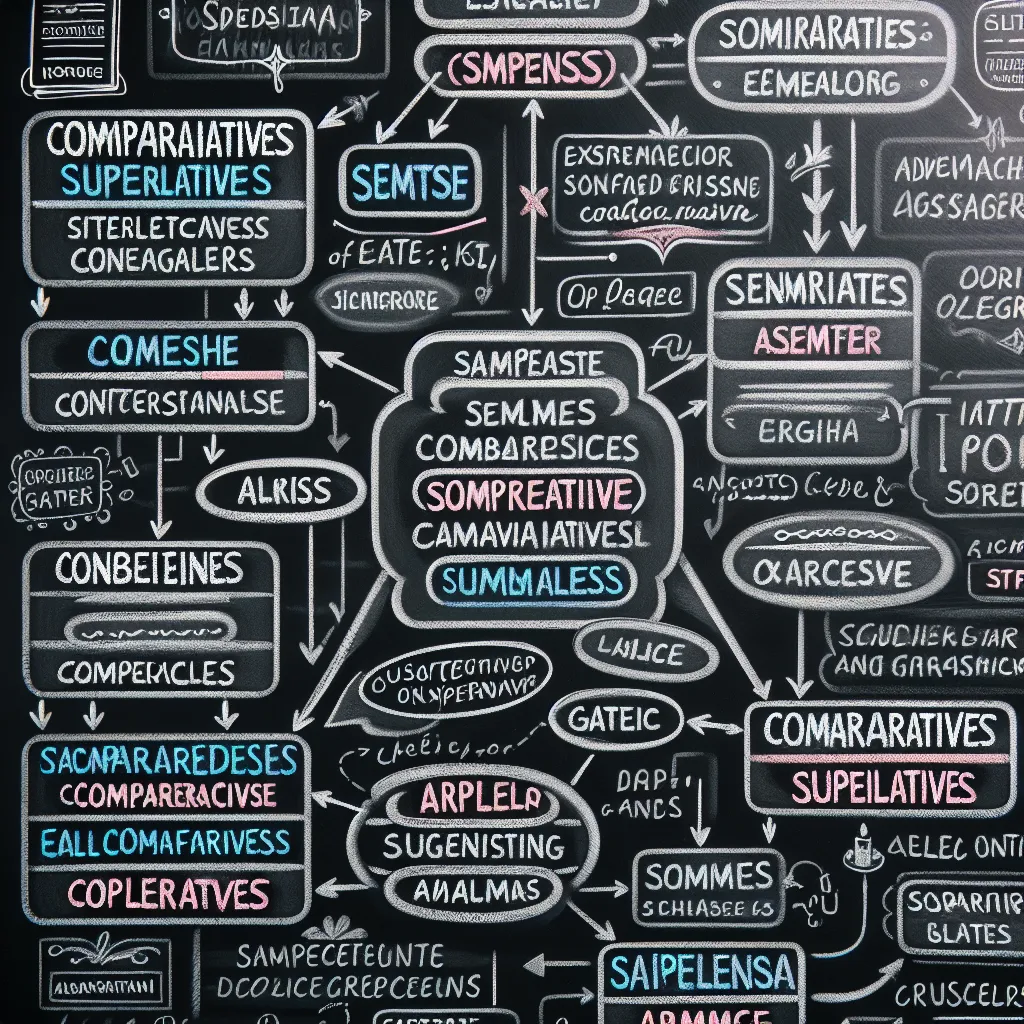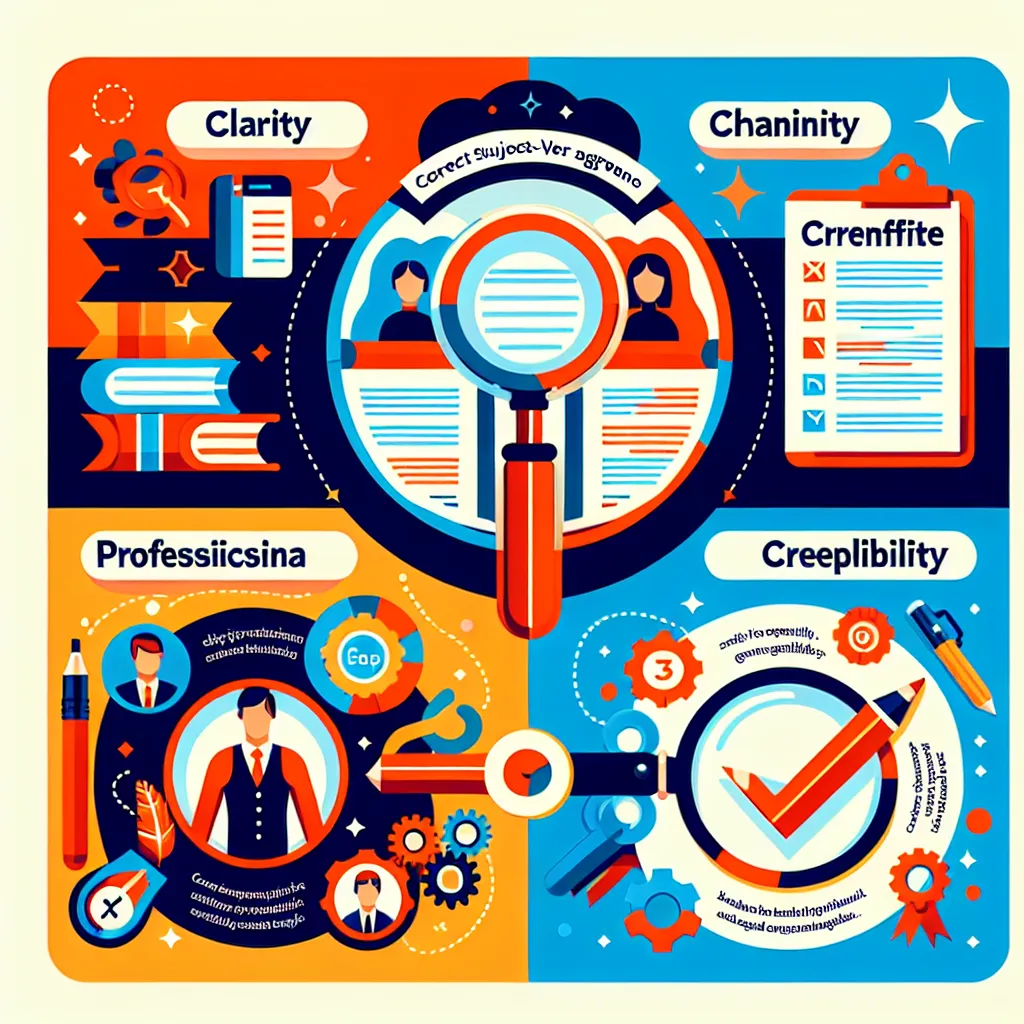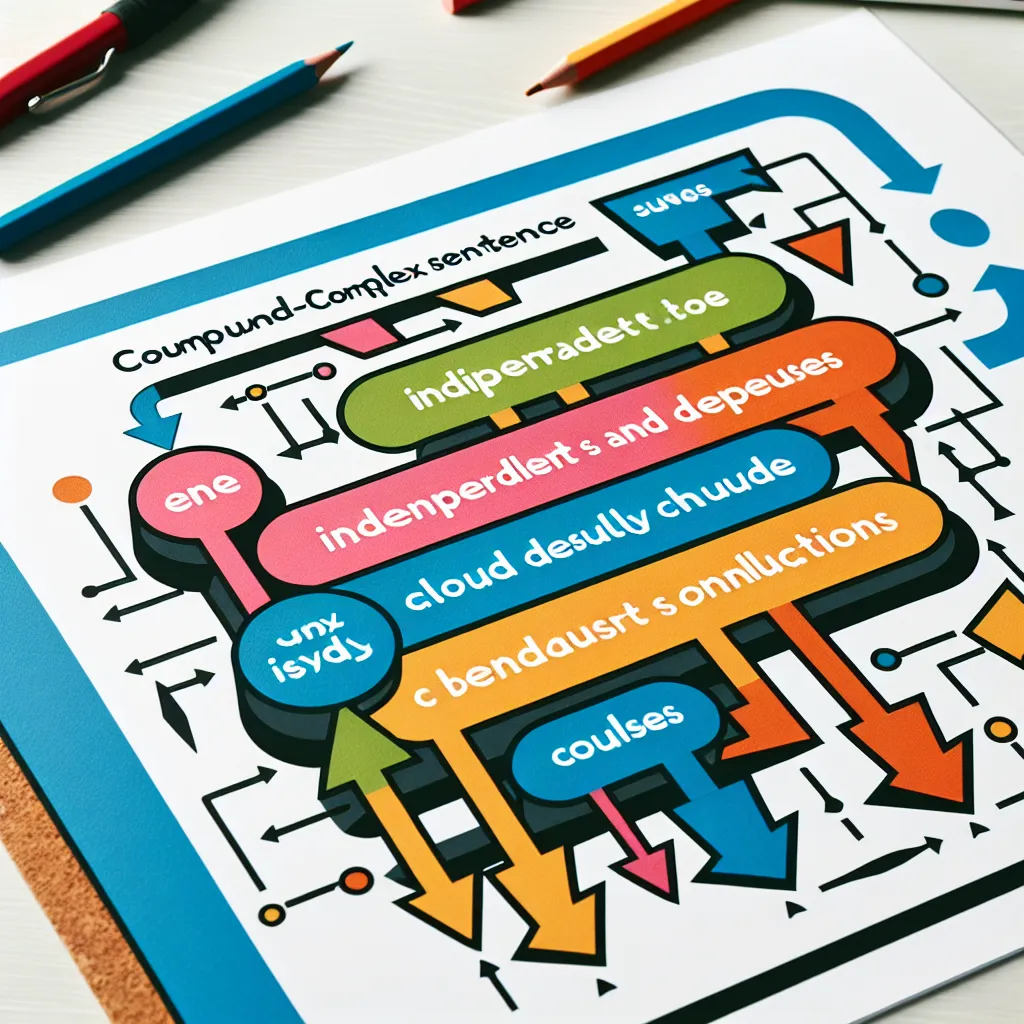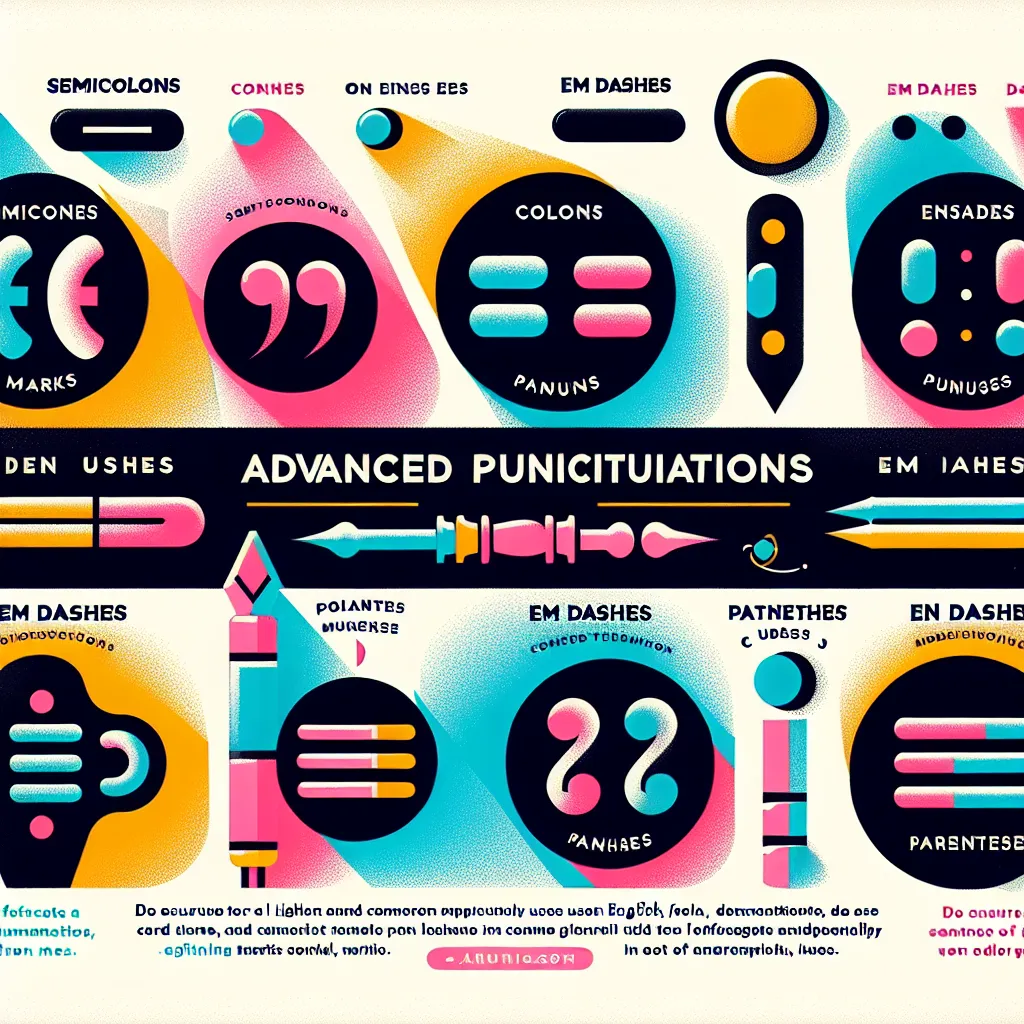Are you looking to elevate your English language skills? Understanding How To Use Advanced Comparatives And Superlatives is crucial for expressing complex ideas and making nuanced comparisons. This guide will walk you through the intricacies of these advanced grammar structures, providing you with the tools to communicate more effectively in both academic and professional settings.
Why Master Advanced Comparatives and Superlatives?
Before we dive into the specifics, let’s consider why mastering these structures is so important. Advanced comparatives and superlatives allow you to:
- Express subtle differences between items or concepts
- Convey complex ideas with precision
- Enhance your writing style and sophistication
- Improve your IELTS or TOEFL scores
- Communicate more effectively in professional environments
 Advanced comparatives and superlatives in use
Advanced comparatives and superlatives in use
Understanding Basic Comparatives and Superlatives
Before we explore advanced structures, let’s quickly review the basics:
- Comparatives are used to compare two things: “bigger,” “more interesting”
- Superlatives are used to compare three or more things: “biggest,” “most interesting”
- For short adjectives, we typically add “-er” for comparatives and “-est” for superlatives
- For longer adjectives, we use “more” and “most” before the adjective
Now, let’s move on to more advanced uses.
Advanced Comparative Structures
1. Double Comparatives
Double comparatives allow us to express how one thing changes in relation to another.
Structure: The + comparative + the + comparative
Example: “The more you practice, the better you’ll become at using advanced grammar.”
This structure is particularly useful when describing cause and effect relationships or gradual changes.
2. ‘As…as’ Structures
While “as…as” is often used for equality, it can be used in more complex ways:
-
Negative form: “not as…as”
Example: “The concert wasn’t as enjoyable as we had anticipated.” -
With adverbs:
Example: “She performed the task as efficiently as her more experienced colleagues.”
3. Comparative with Modifiers
You can modify comparatives to express slight or significant differences:
-
Slightly/a bit/a little + comparative
Example: “The new software is slightly more user-friendly than the previous version.” -
Far/much/considerably + comparative
Example: “The revised plan is far more comprehensive than the original draft.”
Advanced Superlative Structures
1. Superlatives with Present Perfect
Combining superlatives with the present perfect tense allows you to emphasize uniqueness or extremity up to the present moment.
Example: “This is the most challenging project I have ever undertaken.”
2. Superlatives with Prepositions
Using prepositions with superlatives can help specify the context or group being compared.
Example: “Among the candidates, she was the most qualified for the position.”
3. Implicit Superlatives
Some adjectives inherently express a superlative quality without using “-est” or “most.”
Examples: unique, ideal, perfect, ultimate
Usage: “This solution is ideal for our current situation.” (implies it’s the best possible solution)
 Advanced grammar examples on a chalkboard
Advanced grammar examples on a chalkboard
Common Mistakes to Avoid
-
Double marking: Avoid using “more” with “-er” endings or “most” with “-est” endings.
Incorrect: “This is more easier than I thought.”
Correct: “This is easier than I thought.” -
Misusing “less” and “fewer”: Use “fewer” for countable nouns and “less” for uncountable nouns.
Example: “There are fewer students in this class than last year, but less noise.” -
Forgetting articles: Always use “the” before superlatives.
Incorrect: “She’s most talented student in the class.”
Correct: “She’s the most talented student in the class.”
Practical Tips for Mastering Advanced Comparatives and Superlatives
-
Read extensively: Exposure to advanced texts will help you internalize these structures.
-
Practice writing: Incorporate these structures into your essays and reports.
-
Listen to native speakers: Pay attention to how they use comparatives and superlatives in natural speech.
-
Use language learning apps: Many apps offer exercises specifically for advanced grammar structures.
-
Take an advanced grammar course: Consider enrolling in a course that focuses on these structures. You can find great resources on how to practice English grammar through conversation.
Conclusion
Mastering advanced comparatives and superlatives is a significant step towards achieving fluency and sophistication in English. By understanding these structures and practicing their use, you’ll be able to express complex ideas more clearly and effectively. Remember, language learning is a journey, and consistent practice is key to improvement. Keep challenging yourself, and you’ll see your English skills grow exponentially.
We encourage you to practice using these advanced structures in your own writing and speaking. If you have any questions or would like to share your examples, please leave a comment below. Happy learning!




